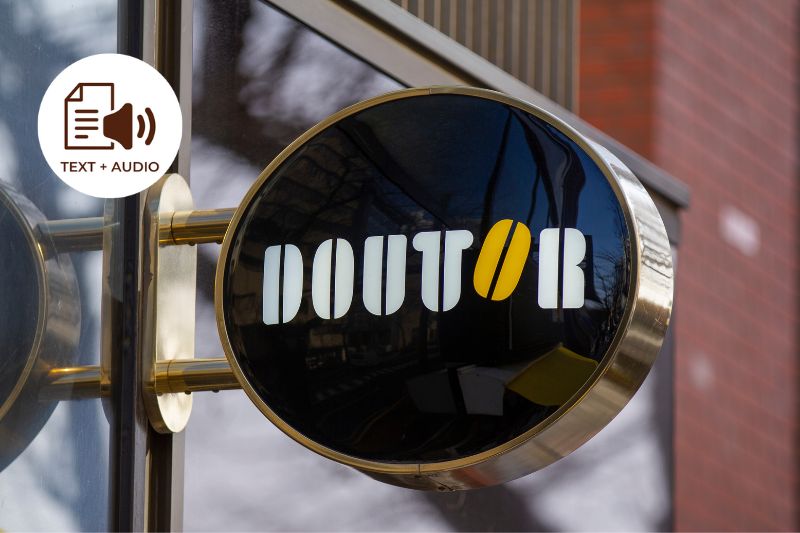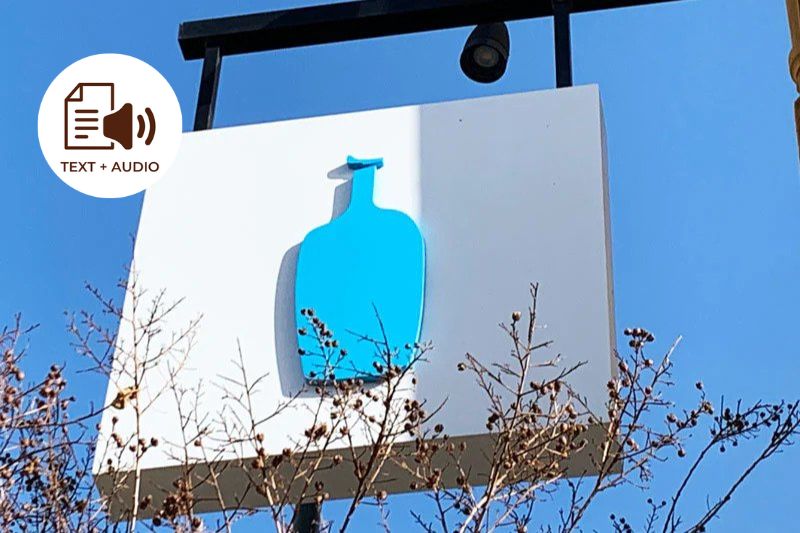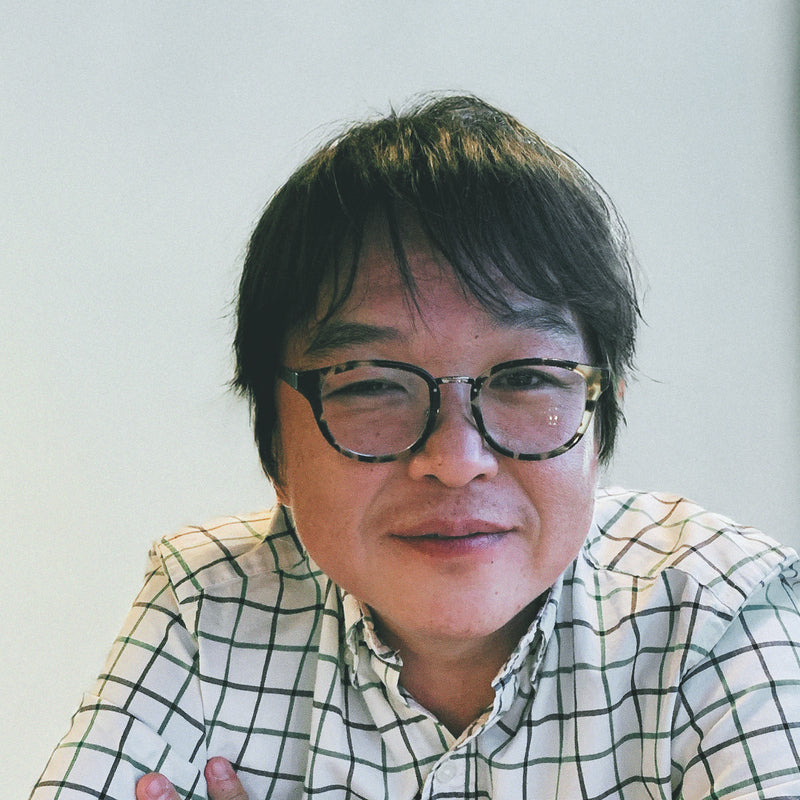It is not every day that professional soccer and specialty coffee appear together in headlines or TV channels. Still, one man in Japan, Naohiro Takahara, has accomplished this impossible feat, creating a considerable buzz in Japan and abroad. His story has been featured by major Japanese media channels such as ANN (All-Nippon News Channel), RBC news (Ryukyu Broadcasting Corporation), and Nippon TV’s popular show Matsuko Kaigi.

Apart from being a media sensation, this story is exciting and uniquely inspiring for anyone who loves coffee and soccer. It reminds us of the beauty of following one’s dreams and passions no matter how strange they seem according to society’s unwritten rules.
So let’s brew a great cup of coffee, maybe put on our favorite teams’ jerseys, and read along to learn more about this unconventional but highly successful pairing - professional soccer and coffee.
The man behind the coffee - Naohiro Takahara
Naohiro Takahara is a well-known name when it comes to professional soccer. Born in 1979, he is still going strong as a professional athlete, even at 43. He has represented Japan worldwide as a part of the Japanese national football team (some of us might know them as the ‘Samurai Blue’). In 2015, with the approval of the Okinawa General Cabinet Office, Takahara formed the professional soccer team ‘Okinawa SV.’ He then took on three major roles of being the coach, manager, and player of the team. With Takahara in these three roles, Okinawa SV went from the prefecture 3rd division league to the Kyushu league championship in just four years.
In his interviews with various TV channels, he is always seen as a man with a rugged charm and a hearty laugh, answering all questions with a humble and genuine passion.
We just got to know the soccer side of Takahara’s life, but how did he get into coffee? Let’s read along to find out.
Why did Takahara want to start growing coffee?
When an interviewer asked him about why he wanted to do something outside of soccer and about the root of his motivation to start growing coffee, he gave a rather unexpected answer:
“So I created my professional football team, and then if the ultimate goal of that football team is to aim for the J-league (Japanese national football league), that is not meaningful enough for me.”
When the interviewer was bewildered hearing this answer, Takahara went on to explain:
“If I see the football team as a company, I want it to be self-sustainable - not having to depend entirely on external financings such as sponsors and admission fees. So I wanted for us as a team to have our own ‘business,’ and what the whole team felt ‘Let’s do this!’ - was agriculture. And then, I discovered that although it is possible to grow coffee in Okinawa, it was not yet fully established, so I thought, ‘Wouldn’t it be wonderful if we could make coffee our agricultural business?’”
Teaming up with a global coffee giant - Nestle?!
When Takahara decided to start a coffee farm, he thought, “I have to ask for help from the best of the best,” You might be surprised who he approached - Nestle! Yes, THE Nestle! Nestle is a global food and beverages company headquartered in Switzerland, and since 2014, Nestle has been the world’s largest publicly held food company.
Nestle Japan CEO, Tatsuhiko Fukatani, speaks very highly of Takahara. He says that when he was approached with the idea of Okinawa coffee, he thought of it as a beautiful idea that could be way more than a special agricultural product of Okinawa; it could be the solution to many social problems such as unemployment, aging population, etc.
Nestle Japan and Okinawa SV as a team - The Birth of “Okinawa Coffee Project”
Since 2010, Nestle has been carrying out a program called the “Nescafe Plan.” It is a program aiming to help small-scale coffee producers tackle current issues such as aging coffee trees, coffee plant diseases caused by climate change, a decline in the number of farmers, fluctuations in coffee bean prices, etc. Since its launch, Nescafe Plan has been helping out thousands of farmers in more than 15 countries in Central and South America, Africa, and Asia. It is a program that continuously strives to improve the sustainability of the green coffee supply chain.
When Takahara contacted Nestle Japan, the Nescafe Plan program had yet to exist in Japan. However, it did not take long for the CEO of Nestle Japan to see the potential in Okinawa SV’s coffee farm becoming a part of the Nescafe Plan - it would tackle many problems of the Okinawan community, such as the aging farmer population, abandoned agricultural land, etc.
In April 2019, Nestle Japan and Okinawa SV, led by Naohiro Takahara, teamed up to create the “Okinawa Coffee Project,” aimed at growing, cultivating, processing, and selling coffee beans in Okinawa. All the professional football players of Okinawa SV are closely involved in the coffee plantations, and the first seedlings were planted by their very own hands. Also, they collaborated with the agricultural institutes of Okinawa, as they helped them choose the best coffee plants suited to cultivation in Okinawan soil and climate.
The official purpose of Nestle as a company is “to unlock the power of food to enhance the quality of life for everyone, today and generations to come,” and the vision of Okinawa SV is “With the Community 地域と共に” (With the community, along with the locality). “Okinawa Coffee Project” is a beautiful project that reflects these two mottos of Nestle and Okinawa SV.
Takahara’s Coffee Plantation - and Why Okinawa?
The most straightforward answer to “Why Coffee in Okinawa?” is in the ‘Coffee Belt’ concept.
The coffee belt is the region of Earth where coffee bean production is possible. It lies between the Tropics of Cancer and Capricorn, 25 degrees to the North and 25 degrees to the South of the Equator.
This might not sound very clear, especially if you are someone like me who does not have a Ph.D. in geography. The easy way to understand this concept is that the regions within the coffee belt are certain regions on Earth with the optimum conditions necessary to allow coffee plants to grow and make delicious beans, such as climate, geography, soil, and water conditions. The regions within the coffee belt are usually tropical or subtropical and have high humidity, adequate rainfall, sufficient sunshine, nutrient-dense soil, and high elevation.
In the context of the “Coffee Belt,” Okinawa is one of the few places in Japan as close as you can get to the Coffee Belt. As mentioned earlier, the coffee belt covers 25 degrees North and 25 degrees South of the Equator. Okinawa is located 26 degrees North of the Equator, just about on the border of the Coffee Belt. Therefore, theoretically, growing delicious and high-quality coffee beans in Okinawa is possible.

Motivated by the fact that Okinawa is a favorable location for coffee production, the first seedlings of coffee plants were planted by the hands of Okinawa SV athletes in an agricultural land located in the Nago City of Okinawa. From there, the project has already expanded to 11 locations in the Okinawa mainland and the remote islands of Ishigaki Island and Miyako Island. They also have a plantation on Northern Okinawa Agricultural and Forestry High School grounds. These coffee plantations have brought together farmers and the local people of Okinawa, giving them a new light of hope and energy during a time when the interest of young people in agriculture is fading. Until now, these 11 farms are the home to more than 6500 (!) coffee trees, many of which are already bearing beautiful bright red coffee cherries ready to be harvested.
Okinawa Coffee Project at a glance:
- A collaboration between Nestle Japan and Okinawa SV (Naohiro Takahara’s soccer team)
- Started in April 2019
- 11 farming locations all over Okinawa's mainland and the islands
- More than 6500 coffee plants
- The first batch of coffee beans to be harvested soon
- Planning on opening a children-friendly agri-tourism farm and a Universal Cafe in Uruma City, Okinawa
- Promotes sustainability and improvement in the coffee bean supply chain, empowering small-scale local farmers with knowledge, equipment, infrastructure, and other necessary factors for successful coffee cultivation and business
- Promotes the use of abandoned agricultural land in Okinawa
Where to buy and taste Takahara’s Okinawan Coffee?
Although the first coffee plants of Takahara’s “Okinawa Coffee Project” were planted in 2019, coffee plants are a waiting game. It takes 6 - 7 years before the first fruits can be harvested, and so we must also wait patiently for a little longer until the first coffee cherries can be harvested and the coffee beans can start to be processed, roasted, and brewed.
However, “Okinawa Coffee Project” planned to harvest a few coffee beans as their first harvest, sometime from the winter of 2022 to the Spring of 2023. So we hope it will not be too long until we can finally buy these unique coffee beans and try out their coffee, preferably at their own cafe.
What does the future look like for Takahara’s team and Okinawa Coffee Project?
Although the coffee beans from the Okinawa coffee project are not yet available to be bought, the project has been moving forward with exciting future plans. After they collaborated with Nago City, their next plan was a collaboration with the municipal office of Uruma City. Uruma City is located in central Okinawa and has the third largest population in the prefecture. They have two projects coming up:
- TSUGUMU FARM supported by Nescafe
To start a new coffee farm in the Uruma city region in abandoned farmlands. It prevents valuable farmland from being wasted and promotes sustainable agricultural practices. The farm will be called TSUGUMU FARM, supported by Nescafe. The farm will be maintained by Okinawa SV athletes and officials, with the help of social workers from Urumua municipality. The vision for this farm is to “Regional Revitalization through Coffee,” so the farm\’s activities will go beyond just coffee cultivation. For example, it will provide educational tours, children-friendly activities at the farm, first-hand experience of coffee production for visitors, promotion of environment-friendly agri-tourism, etc.
- TSUMUGU Café, supported by NESCAFÉ
They plan to open a Universal cafe in Uruma City, which will be barrier-free (fully accessible to people with disabilities and wheelchairs). It will be a cafe with a relaxed atmosphere where anyone can come and relax, enjoy Okinawan coffee, and create a beautiful community spirit. The cafe will be run by social workers passionate about community building and helping others. Besides Okinawan coffee, the cafe will also promote other locally-grown agricultural products.
- Cultivation of other agricultural products:
In an interview, Takahara says, “I have only started with coffee, but I don’t think we will be limited only to coffee in the future. For example, something we could do alongside coffee would be “beekeeping”. Imagine, coffee plants grow flowers, and the bees come to these flowers to collect honey. So if we can find a way to make honey with a coffee flavor, how amazing would that be!”
Final words
When people go to Hawaii, they do not come back without buying a bag of Hawaiian Kona Coffee, and in the future, Okinawa Coffee Project’s coffee might become something similar; if you go to Okinawa, you visit TSUGUMU coffee farm and then try their coffee at the TSUGUMU cafe, and buy a bag of Okinawa SV’s coffee as a gift for your friends and family.
The Okinawa Coffee Project’s coffee has great potential to become an iconic Okinawan agricultural product and a sustainable solution to many social problems in the region, such as the aging population, abandoned farmlands, and declining interest in agriculture. We can confidently say that the sincere effort, community empowerment, and innovative ideas of the Okinawa Coffee Project will continue to inspire many people at home and abroad.
Get Free Bonus Books

Sign up for free to the Coffee Club to get advice and exclusive articles about how to choose Japanese Coffee, and tips, tricks, and recipes for enjoying Japanese coffee.
About the author
Kei Nishida
Author, CEO Dream of Japan
Certification: PMP, BS in Computer Science
Education: Western Washington University
Kei Nishida is a passionate Japanese tea and coffee connoisseur, writer, and the founder and CEO of Japanese Coffee Co. and Japanese Green Tea Co., both part of Dream of Japan.
His journey began with a mission to introduce the world to the unparalleled quality of Japanese green tea. Through Japanese Green Tea Co., he established the only company that sources premium tea grown in nutrient-rich sugarcane soil—an innovation that led to multiple Global Tea Champion awards.
Building on this success and his passion for Japanese craftsmanship, Kei expanded into the world of coffee, pioneering the launch of Japanese Coffee Co., the first company to bring Sumiyaki charcoal-roasted coffee to a global audience. His dedication to authenticity and quality ensures that this traditional Japanese roasting method, once a well-kept secret, is now enjoyed worldwide.
Beyond tea and coffee, Kei has also introduced Japan’s legendary craftsmanship to the world through Japanese Knife Co., making handmade katana-style knives—crafted by a renowned katana maker—available outside Japan for the first time.
Kei’s journey continues as he seeks out and shares the hidden treasures of Japan, one cup and one blade at a time.
Learn more about Kei







